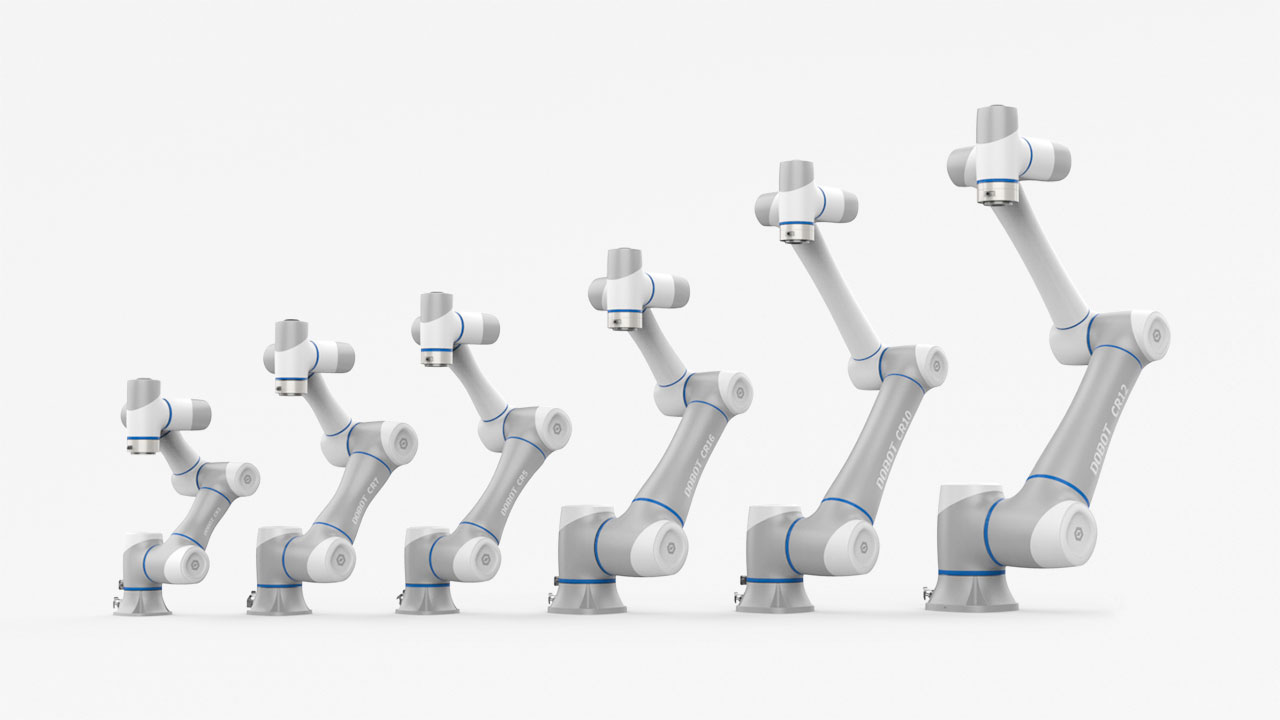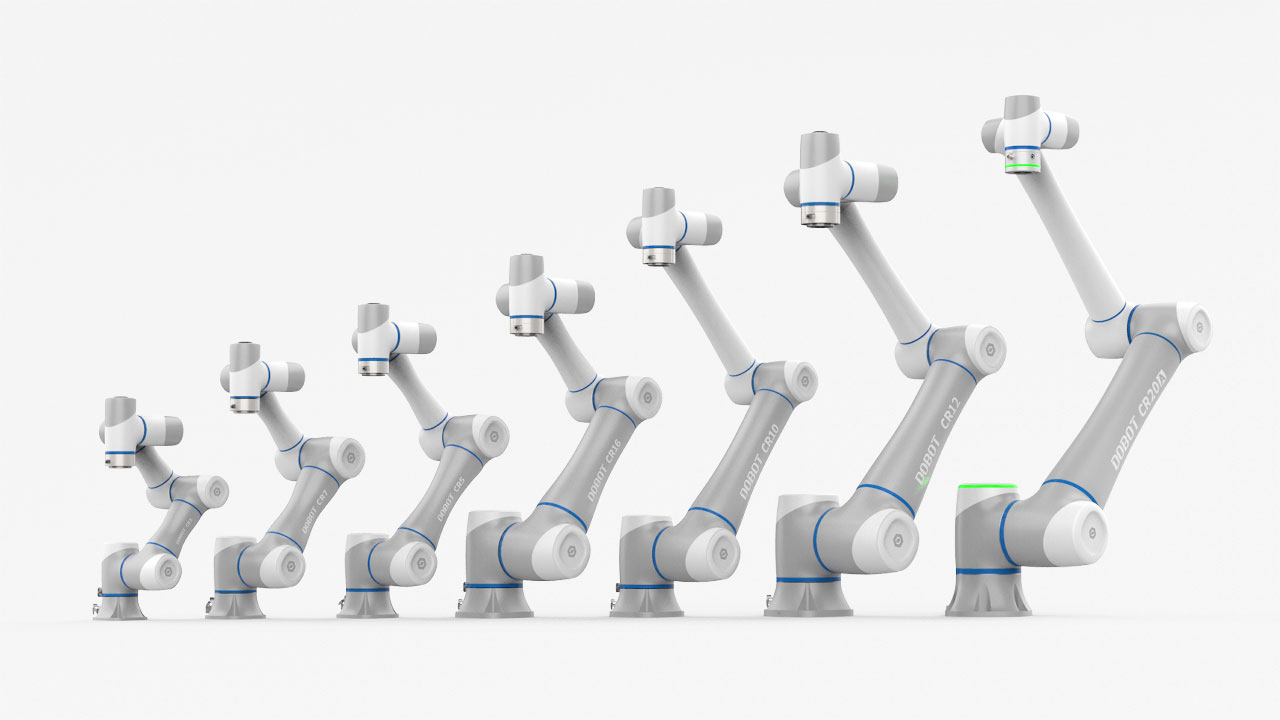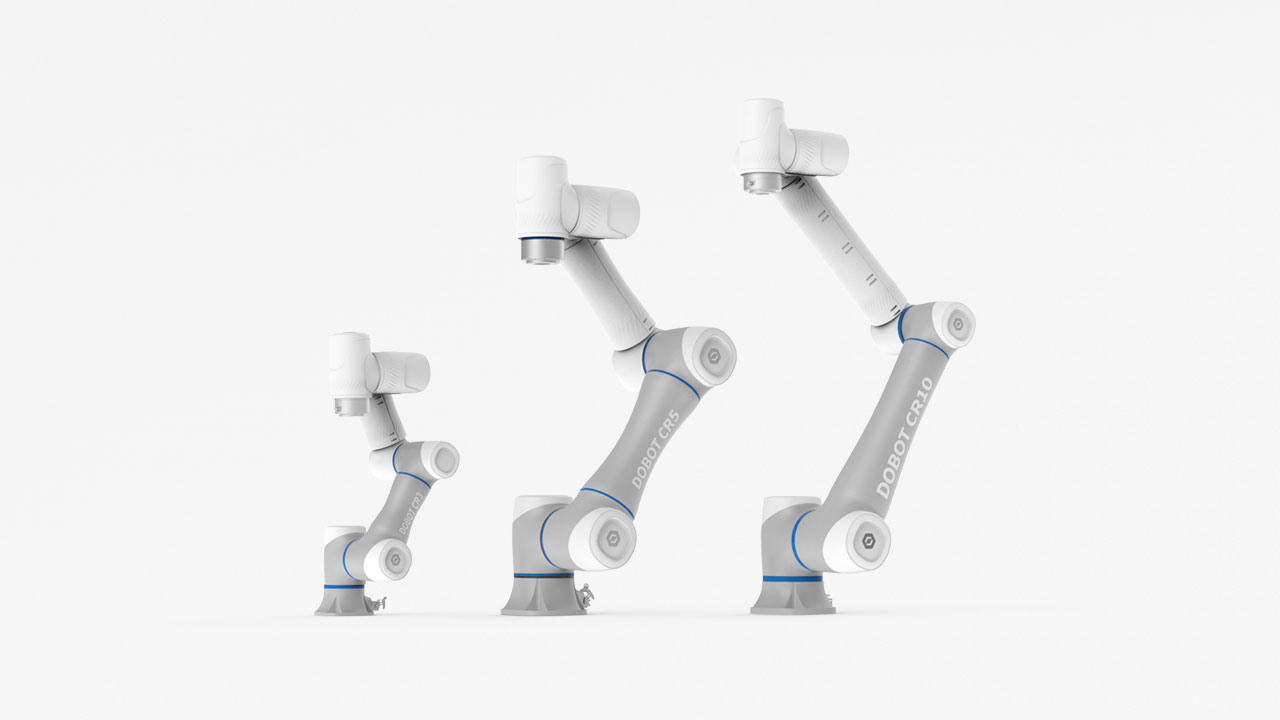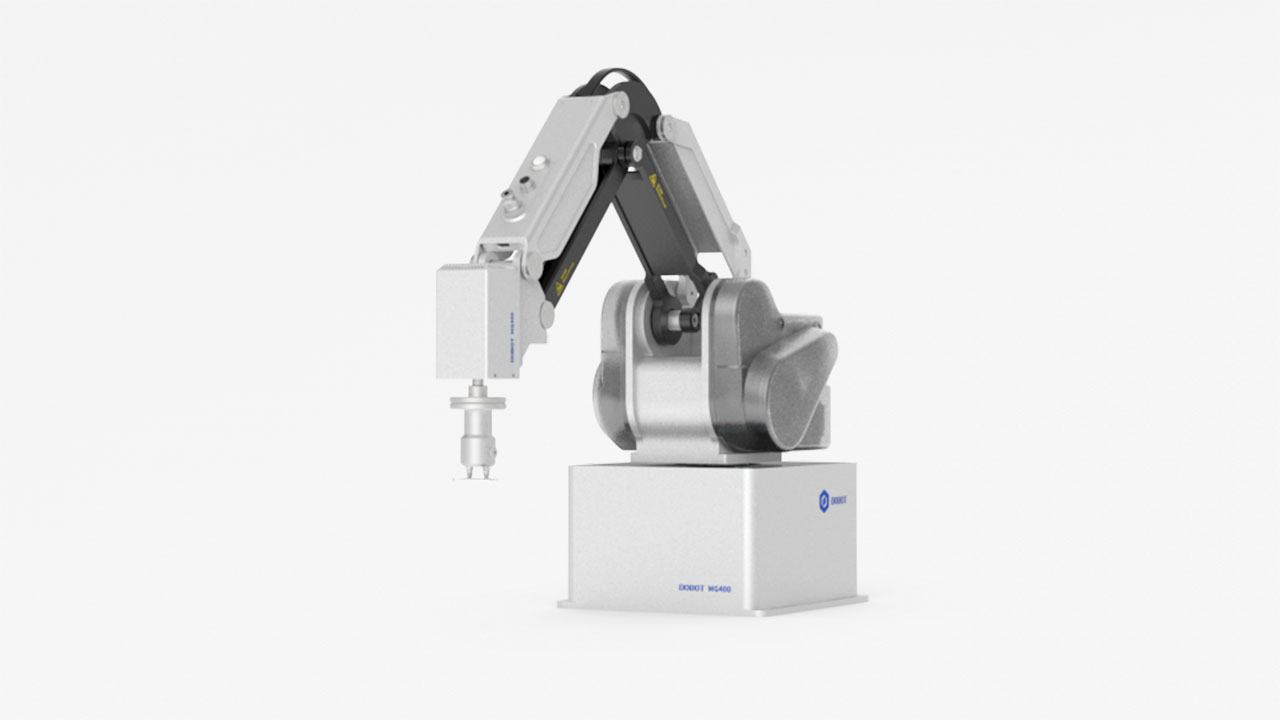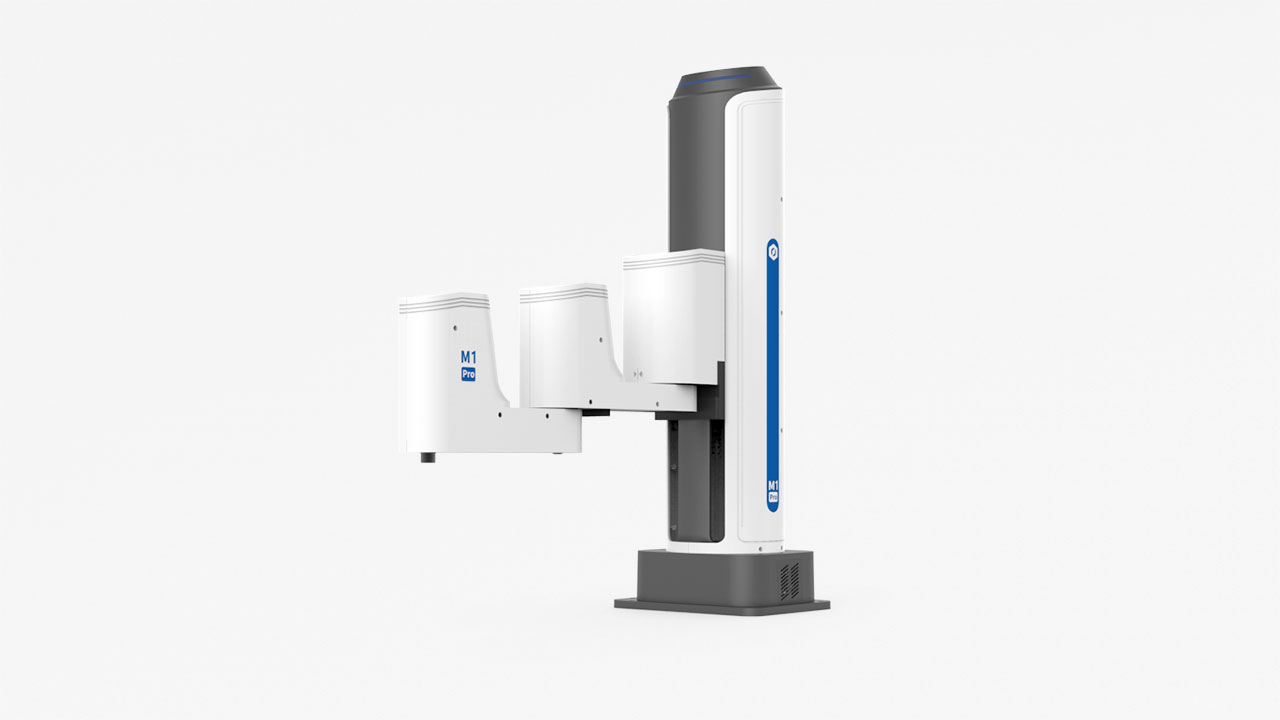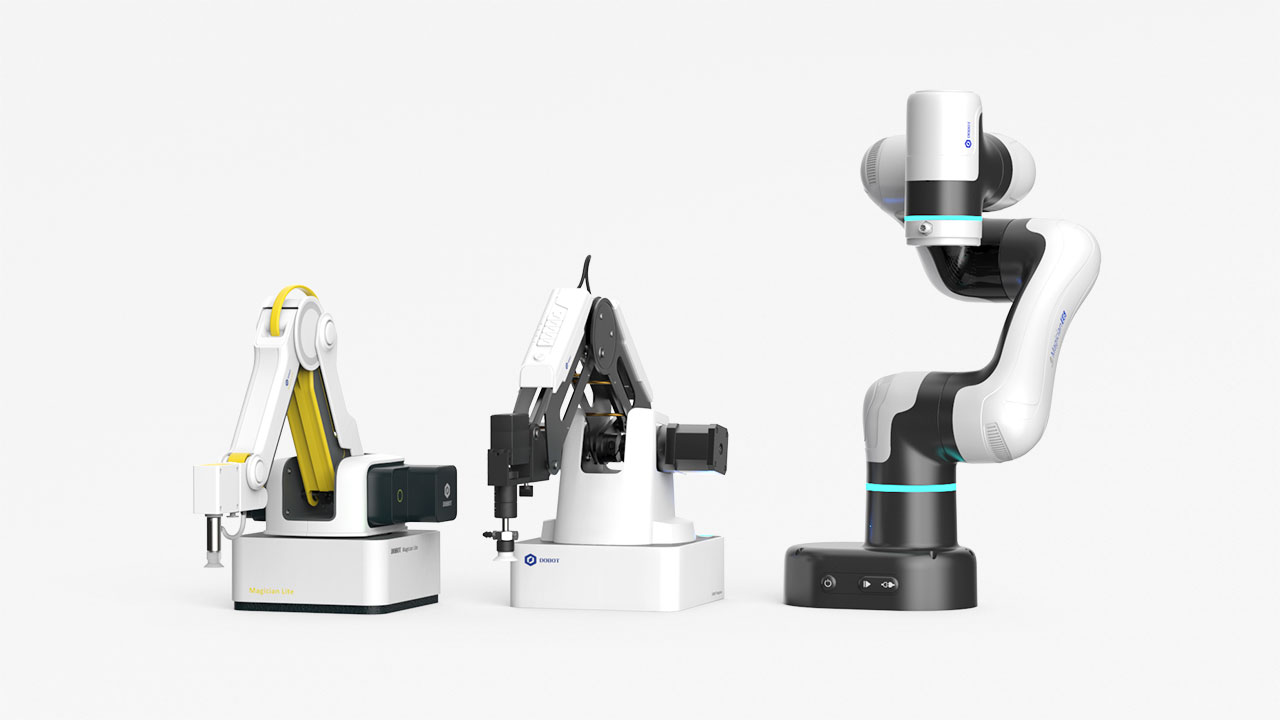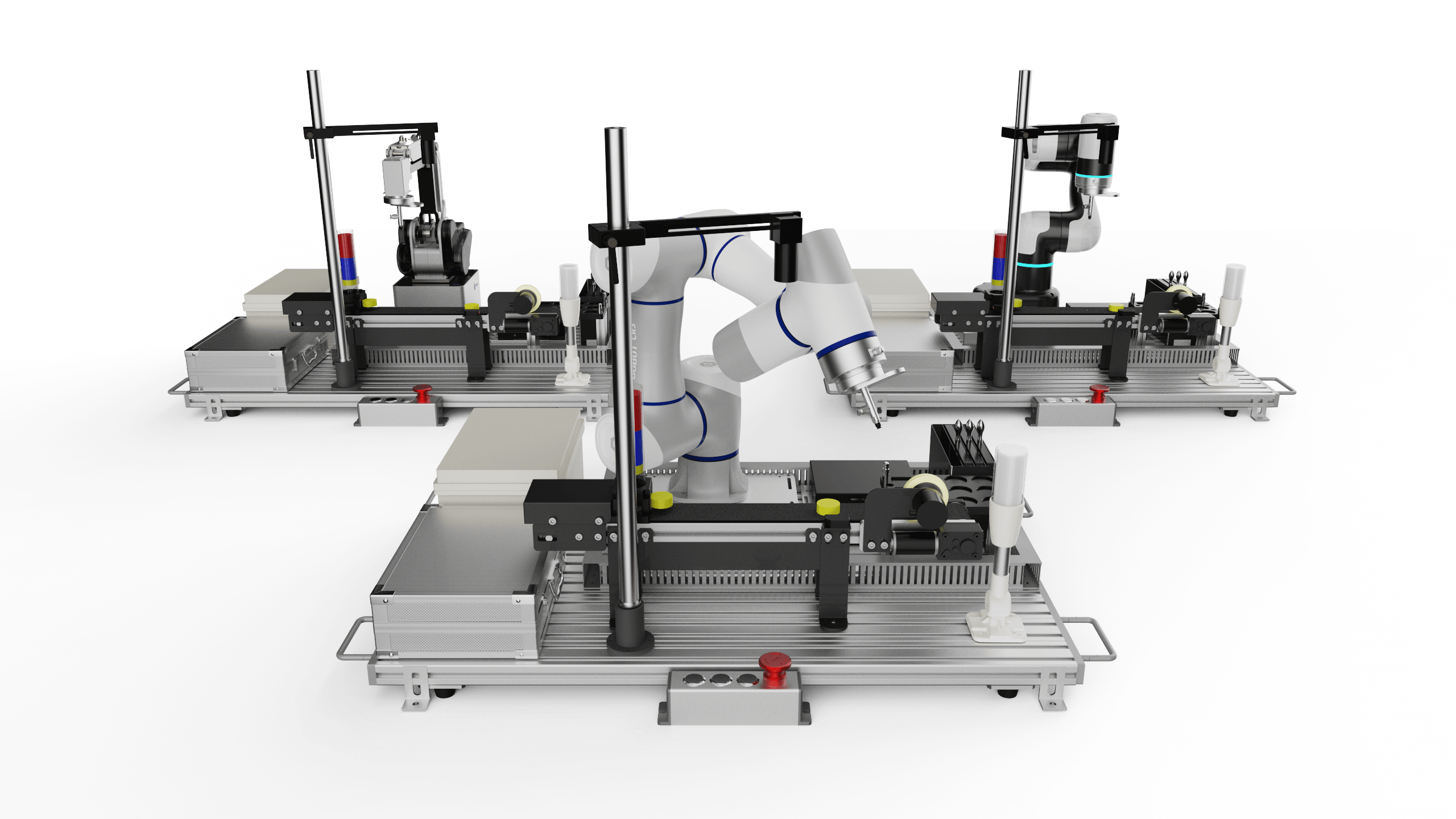Global Standards Shaping the Future of Cleaning Robots in the Automation Industry
Indeed, even in the most sophisticated developments, the automation industry revolutionizes completely with cleaning robots leading all the way. According to a press statement released by Grand View Research, the size of the global cleaning robot market will reach $10.9 billion by 2025, and near it, by growing 25.7% CAGRs for years coming. As more companies and consumers realize how efficient and convenient robots can be, the demand is sure to skyrocket. Nevertheless, such growth calls for global standards for safety, performance, and interoperability within the industry.
Given that it is going to be in both houses and commercial settings, a challenge will have to be achieved to maintain continuous quality and performance standards. The international organization for standardization and other regulatory bodies right now are actively engaged in the formulation of regulations which will define the future of cleaning robots. Standards are critical to the growth of innovation, for sure, but also provide the basis for safety and environmental concerns. Harmonization across borders in this regulatory frame will also provide for many headway into the complex realities of global markets. Eventually, this serves as both a consumer trust builder and wider penetration into applications for cleaning robots.
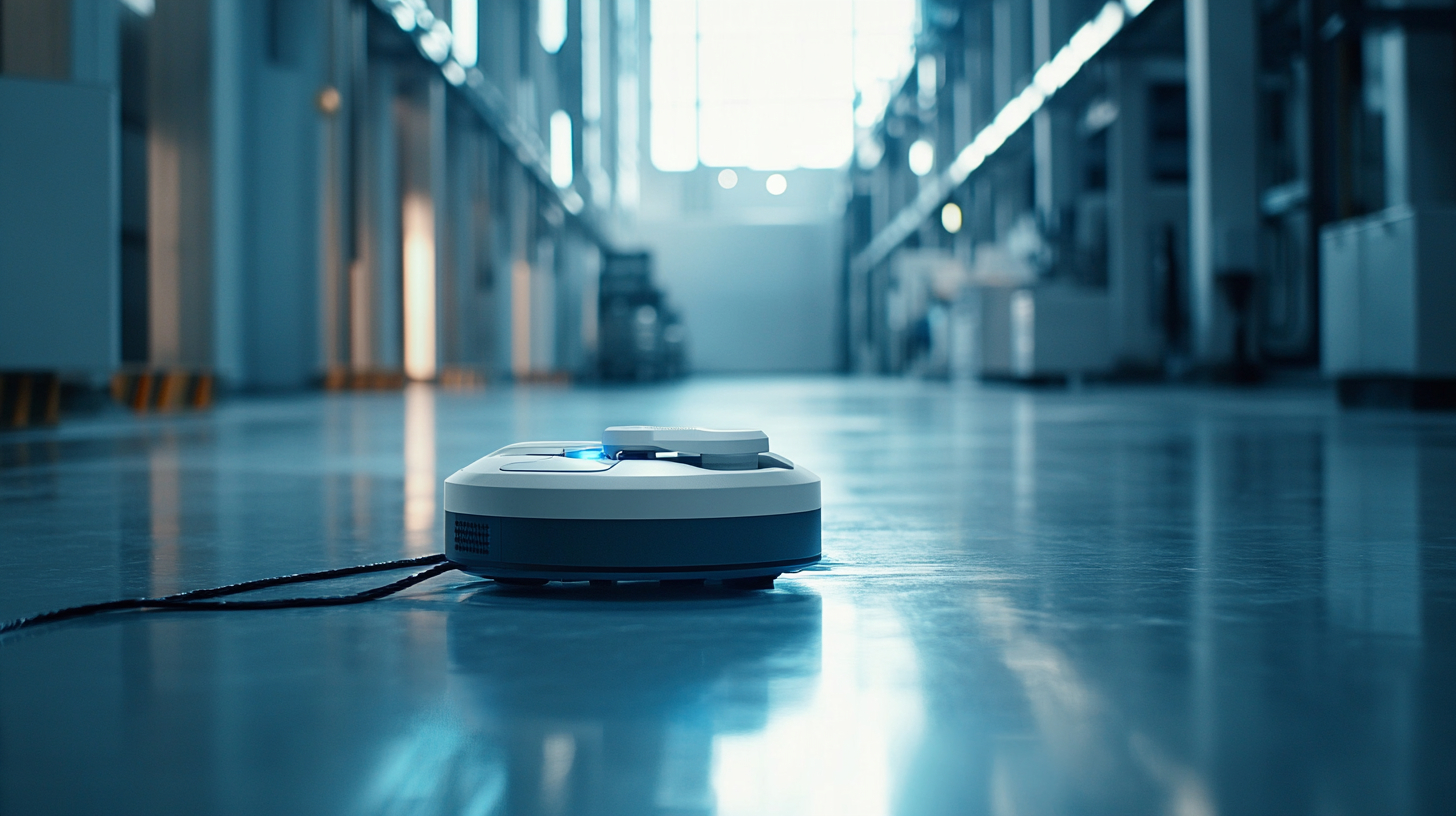
The Importance of Global Standards in the Cleaning Robot Sector
The role of international standards in the cleaning robot industry can hardly be over-exaggerated, as they innovate, increase the safety of appliances, and improve interoperability among devices. According to the latest report coming from Transparency Market Research on the global cleaning robot market, this grossly expected market will show a CAGR of 25.7%, rising from the nearly $16 billion mark in 2027. Thus, standards which offer delineating lines to the consumers for quality and safety would in import become highly vital with regard to the expansion of the market.
Global standards not only help in facility efficiencies but also build consumer trust. For example, compliance with the guidelines of the International Organization for Standardization (ISO) would be an overall framework for manufacturers developing processes and product designs. This gives much higher confidence to the users that their cleaning robots do meet the baseline safety requirements and thereby minimize the risk of malfunctioning and hazardous materials. Companies that comply with these standards are generally popular they manage to enter and later expand into the product markets of different regions, as it has been found that these standards are considered considerably in getting regional regulatory approvals.
This is how standardization facilitates competition and innovation in the cleaning robot industry. The common metric for efficiency and effectiveness forces firms to update themselves technologically with improvements like better navigation algorithms and battery life. According to International Federation of Robotics (IFR), the use of AI and machine learning in cleaning robots has been on the increase with a high 30% rise in market sales over the period 2020-2021 for smart cleaning robots featuring such technologies. This even competitive atmosphere spearheaded by global standardization is a win-win for both the customer and the manufacturer while pushing the whole automation industry for sustainable growth.

Key Drivers of Automation in the Cleaning Industry
Rapid developments in automation technology are changing the whole landscape for cleaning. The increased demand for efficiency in the management of cleanliness-from a commercial facility to a home-will majorly influence the industry's shift. With time and resource management being appreciated both by businesses and consumers, this change is reflected in the increasingly popular adoption of cleaning robots for example, integrating automation into hygiene standards.
Global standards define the development and integration of cleaning robots. Manufacturers have turned to such systems into meeting increasingly diverse regulatory requirements and industry benchmarks, thus intensifying their considerations on quality, safety, and performance. Such harmonization not only triggers innovative solutions but ensures trusted reliability performance while deploying cleaning robots. Hence, all stakeholders in the cleaning industry can comfortably change to automation-ready technologies that comply with such recognized standards, thereby promoting acceptance and proliferation.
Another factor that also pushes cleaning towards automation aside from laws is the increase of emphasis concerning environmental solutions. Therefore, most businesses are now focusing on decreasing resource consumption, including water and cleaning agents would be consumed less through automated cleaning. Moving towards this green development is in line with mainstream sustainability initiatives and, thus, cleaning robots can now be considered as both practical but also plausible options in modernizing the cleaning process. These trends may propel the cleaning industry into dramatic changes as they are expected in innovations that greatly enhance productivity and clean farther into the future.

Impact of Standardization on Innovation and Efficiency
Standardization is, therefore, necessary in determining cleaning robots as the evolution of the automation industry puts all this under increasing stress. Such conditions and environments in which these machines operate become much-more efficient with the introduction of standards. Establishing common protocols and guidelines leads to the manufacture of cleaning robots effective in operation and perfect indenture in existing technologies. It is an interoperability that must be part of a facilities manager or any business looking to streamline processes, cut downtime, etc.
Furthermore, the measure goes beyond operational efficiencies; it drives innovation as well in the automation arena. With such standards in place, companies can then manage resources towards developing advanced features and technologies rather than concerning themselves with working through a patchwork of various regulations and specifications. Very competitive and collaborative environments that foster better breakthroughs in artificial intelligence and machine learning will give rise to new ways of performing cleaning work. An example would be robots with state-of-the-art sensors and software that can optimize cleaning paths in real time, thus reducing power and improving the overall service delivery.
Global standards would become imperative as the automation world continues its maturity with regard to shaping the future of cleaning robots. Standardizing efficiency will not only bring forth innovative advances in machine abilities but will change what is possible within the automation space itself, setting new benchmarks for future facility management.

Challenges in Implementing Global Standards for Cleaning Robots
The global standardization of cleaning robots is a matter on which the automation industry will have to decide upon some great challenges. For the past report prepared by Markets and Markets-the cleaning robots will be witnessing an increase from $3.4 billion in the year 2020 to $8.8 billion by 2025, indicating a compound annual growth rate (CAGR) of 20.6%. Rapid growth of this magnitude creates a pressing need for standard regulations to ascertain compatibility, safety, and efficiency across different regions.
One of the major hurdles in developing global standards is that the legal specifications for such products vary from one country to another. For example, the European Union standards about safety and environment context are stringent enough compared to Southeast Asia, where regulations may be loosely defined. Such inconsistencies lead to confusion among manufacturers resulting in delays to the introduction of innovative cleaning robots in the market. The Institute of Electrical and Electronics Engineers (IEEE) has perceived an urgent need for a unifying framework accommodating diverse regulations and facilitating international cooperation.
Thirdly, progression in technology is a challenge. As cleaning robots increasingly incorporate artificial intelligence and machine learning, the involvement in standardizing their operational parameters is getting even more challenging. According to a report published by Research-and-Markets, 45% of industry leaders cite the need for multi-functional robots as a barrier to standardization. The amalgamation of tools and technologies thwarting standard protocols requires that the industry stakeholders work in conjunction and dialogue to forge a path through these hindrances.
Future Trends Shaped by International Guidelines in Automation
The guidelines at an international level reshape, as the automation industry progresses and continues to progress in the future, critical trends for cleaning robots. The international cleaning robot market is predicted to hit $8.5 billion by 2025, with a compound annual growth rate of 19%. These standards improve operation capability and at the same time address critical issues like safety, interoperability and environmentality.
International standards, such as ISO and IEC, set by the organizations will ensure the uniformity of design and functionality at the manufacturers. It will also smoothen the transfer to a number of automations and clean robots, especially facilitating exercise through existing systems. Recent report says that maintenance cost can be reduced by up to 25% through these standards implementation, interpreting cleaning robotics a great deal more encouraging for the company.
Consumer expectations have also evolved according to those trends. As per report by Technavio, now more than 70% of consumers tend to buy cleaning robots with the environment in mind. This trend towards sustainability does not only go hand in hand with the rest of the world in decreasing carbon footprints but also compels manufacturers to think differently and adopt eco-friendly innovations in their design.
This will increase loyalty to and adoption of consumers by the cleaning robot industry regarding product going towards developing products with international guidelines. That these standards keep changing will also provide an assurance of having a climate where innovations will keep sharpening and ensure that future cleaning robots will be cleanly as well as ethically clean.
